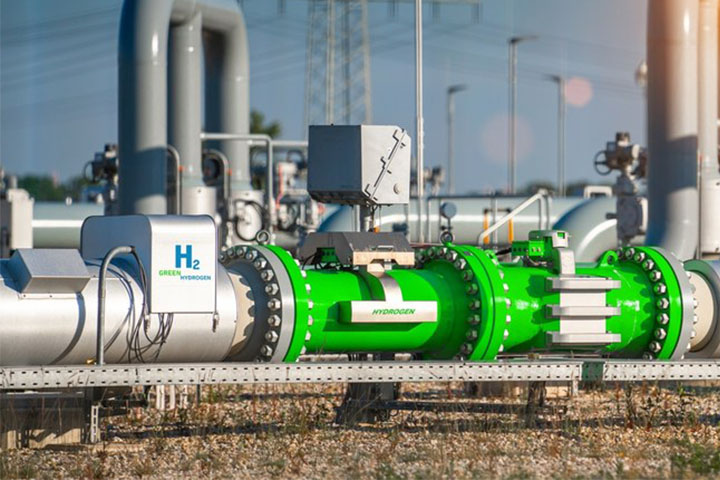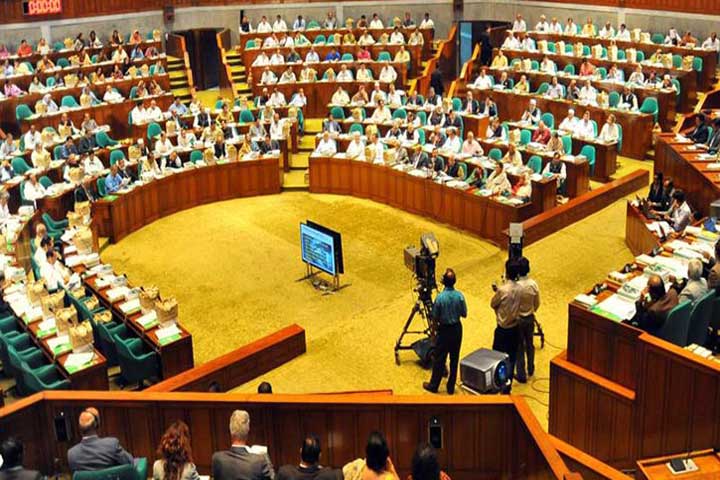Japan: Mount Fuji plans to limit climbing this summer
As visitor numbers swell, Japan's highest and most iconic mountain has seen trash problems and more injuries among inexperienced and poorly equipped climbers.
With the limited facilities on the summit already at breaking point, rubbish piling up and concern over rising numbers of injuries, the local government that oversees one of the most popular hiking routes to the top of Japan's iconic Mount Fuji is imposing a toll and a daily cap on the number of climbers.
Yamanashi prefectural government announced in late December that a limit of 4,000 climbers per day would be introduced on the popular Yoshida Trail, on the northern flank of the mountain, at the start of the 70-day summer climbing season on July 1.
Announcing the plan, Governor Kotaro Nagasaki told a press conference on December 20 that several additional regulations would also be imposed, including not permitting more climbers to set off from the start of the trail between 4 p.m. and 2 a.m. and the introduction of a toll to help cover the cost of maintaining hiking routes and the construction of shelters to be used in the event of an eruption.
The cost of using the Yoshida Trail is likely to be set in February, the Asahi newspaper quoted the governor as saying.
Congested trails
"This is a measure to alleviate congestion on the trail, as previous surveys have shown that excessive crowding occurs near the summit when the number of climbers exceeds 4,000," he said.
The plans have the broad support of guiding organizations and other groups dedicated to preserving the environment of the 3,776-meter (12,388-foot) volcano, which is still revered in Japan as a symbol of the nation and was granted UNESCO World Heritage status in 2013.
"Limiting the number of climbers is both good and bad," said Tatsuo Nanai, secretary general of the Fuji-san Club, a non-profit organization set up to protect the mountain and educate visitors.
"Introducing a limit on the number of climbers and charging them may put some people off coming here, and that could damage the local economy, but on the other hand, there are a number of problems that need to be solved before they become much worse," he told DW.
"One big problem is the rubbish people leave behind," he added. "We have signs up asking people to take their waste with them when they go, but not everyone does. So that means organizations such as ours spend time there picking up trash."
There is also only a very limited number of public toilets on the mountain, Nanai said, with deposits of human waste also building up.
He also believes that the authorities are correct to be worried about the possibility of hikers being injured — or worse — on the peak.
Safety fears
"Mount Fuji can be very dangerous. I don't think most people realize just how dangerous it can be," he said. "This is the highest peak in Japan and, at the highest elevations, people can feel the effects of oxygen deprivation and altitude sickness."
Equally, many people start climbing at an altitude where the heat and humidity of a Japanese summer are still very much being felt and do not realize the changes that are in store as they climb higher.
There are regular reports of people starting out in beach sandals, shorts and T-shirts and finding themselves in danger when temperatures dip below freezing and powerful winds howl across the barren slopes of the mountain.
Luke Cummings, joint owner of Fuji Mountain Guides, agrees that Mount Fuji can be unforgiving.
"A couple of years ago there was a rock fall close to the peak and a climber was killed and I guess there are fatalities every couple of years, often an older person suffering a heart attack," he said.
The authorities are hoping to stamp out what is termed "bullet climbing," said Cummings, who has guided groups to the top of Mount Fuji well over 100 times.
Bullet climbers typically set out in the late afternoon or early evening and climb through the night, not stopping to rest at any of the huts provided to offer respite from the weather and enable climbers to sleep for a couple of hours.
They aim to reach the peak shortly before sunrise, although getting the timing right is notoriously difficult, Cummings said.
For those who arrive too early, there is no shelter and temperatures are well below freezing. Climbers approaching the peak late often get caught in a crush of people trying to complete the route before the sun appears. Both situations are potentially dangerous, he said.
A total of 221,322 people climbed Mount Fuji in the summer of 2023, of whom 137,236 spent around six hours climbing the Yoshida Trail, with the others utilizing three less congested trails.
"The Yoshida Trail is the most popular route and this is why the prefectural government is looking into limiting numbers," said Cummings.
"If it results in better facilities on the routes then I think it will be a good thing. It is likely that the prefectures that host the other trails to the top will introduce similar systems in the future as well."
21 Jan 2024,19:04
















 Live Tv
Live Tv








